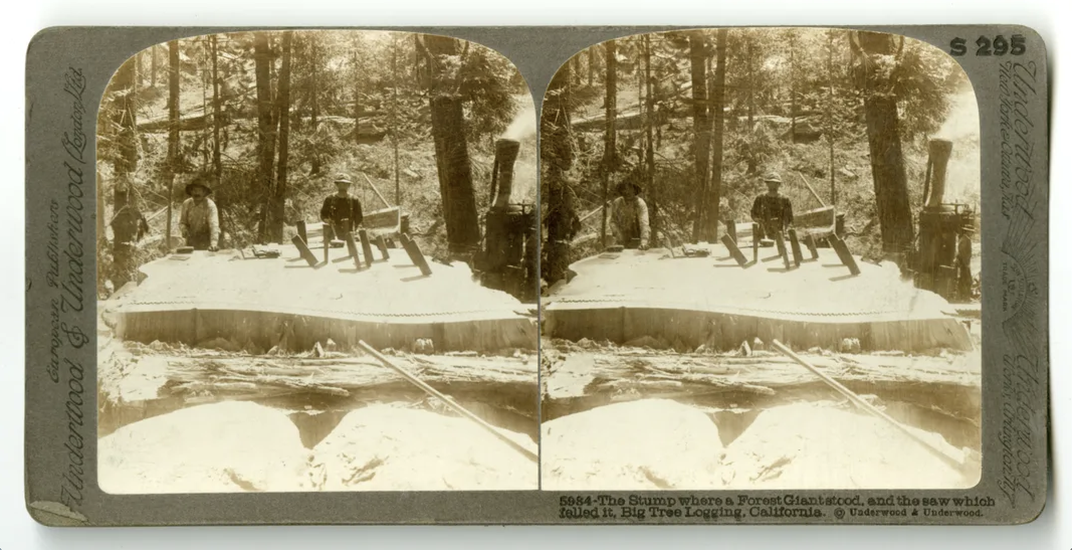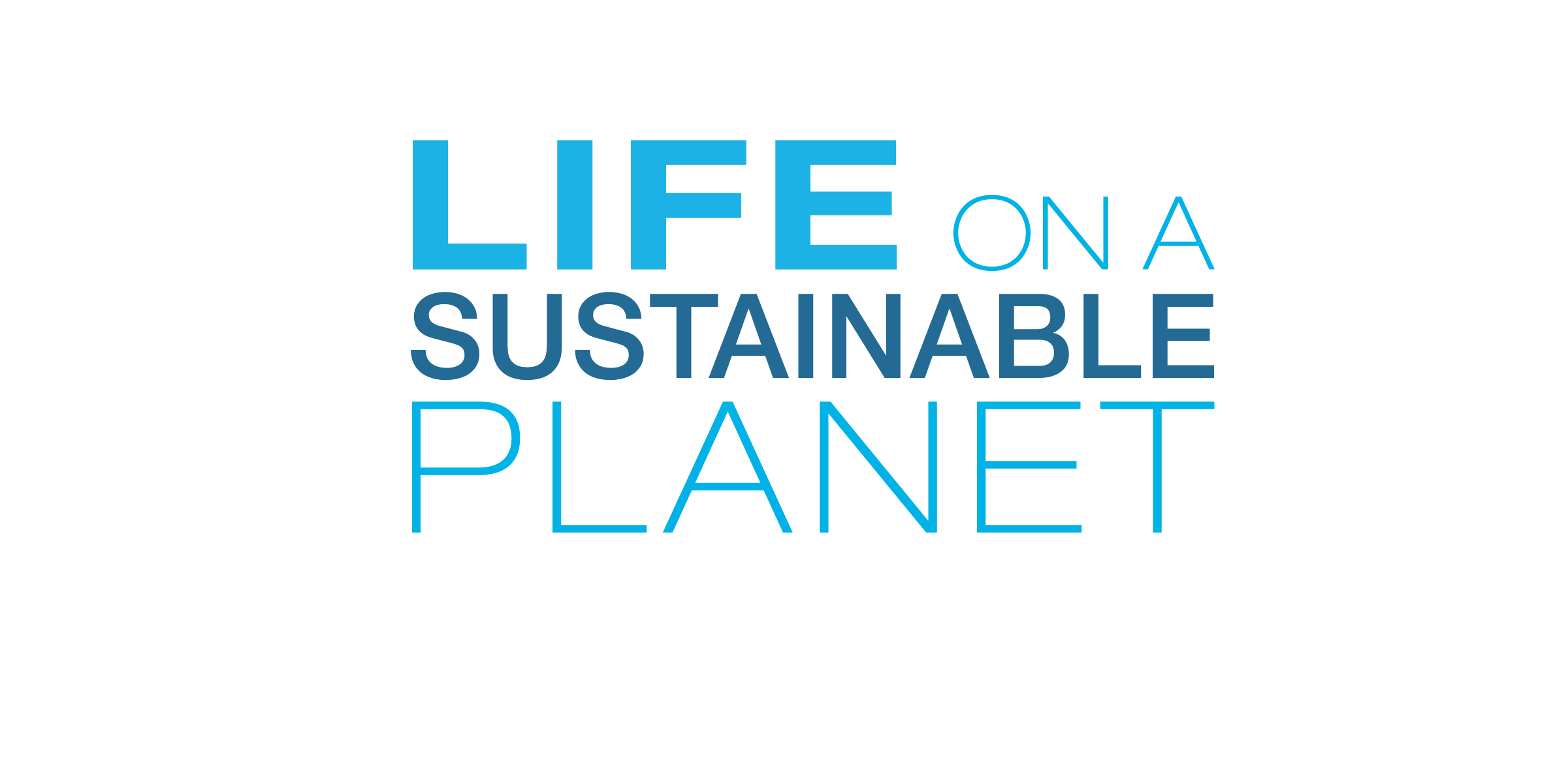Starting a Summer of Sustainability
Enjoy five summery stories of conservation and sustainability successes from across the Smithsonian.
What’s your ideal way mark the start of summer? Digging your toes in the sand while listening to crashing waves at the beach? Relaxing in the great outdoors while you catch up with your loved ones? Adding your voice to the roar of a crowd as a parade passes through? Soaking in the sun alongside your flourishing garden plants?
It’s fitting that so many celebrations in the month of June – from Ocean Month to Pride Month to Pollinator Week – align so well with everyone’s favorite summer activities. We found a few optimistic stories that tackle these themes and other environmental topics from the past month:
1. Protecting marine ecosystems improves the health and wealth of coastal communities too
We already knew that protecting 30% of the world’s marine ecosystems by 2030 – a commitment known as the 30 x 30 Pledge – is key to sustaining our ocean’s biodiversity. However, a new study from the Smithsonian Environmental Research Center emphasizes that marine protected areas (MPAs) have an important role to play in upholding the wellbeing of coastal communities too. Researchers confirmed that MPAs along the Mesoamerican Reef with the most well-enforced restrictions were home to the healthiest fish populations, which may contribute to the higher food security and average wealth found in nearby communities.

2. Gardening is becoming more pollinator-friendly
Pollinators are part of the reason that gardens begin to thrive around this time of year. In fact, almost 80% of the foods we eat are reliant on pollination from insects, bats, birds, or other wildlife. If you want to give back to your tiny gardening buddies, the curator of horticulture at the Smithsonian’s National Zoo and Conservation Biology Institute has some tips. Whether you have a window box at your apartment, a plot at the local community garden, or even your own farm, small actions like growing a variety of native plants or reducing use of chemical pesticides can make a big difference.
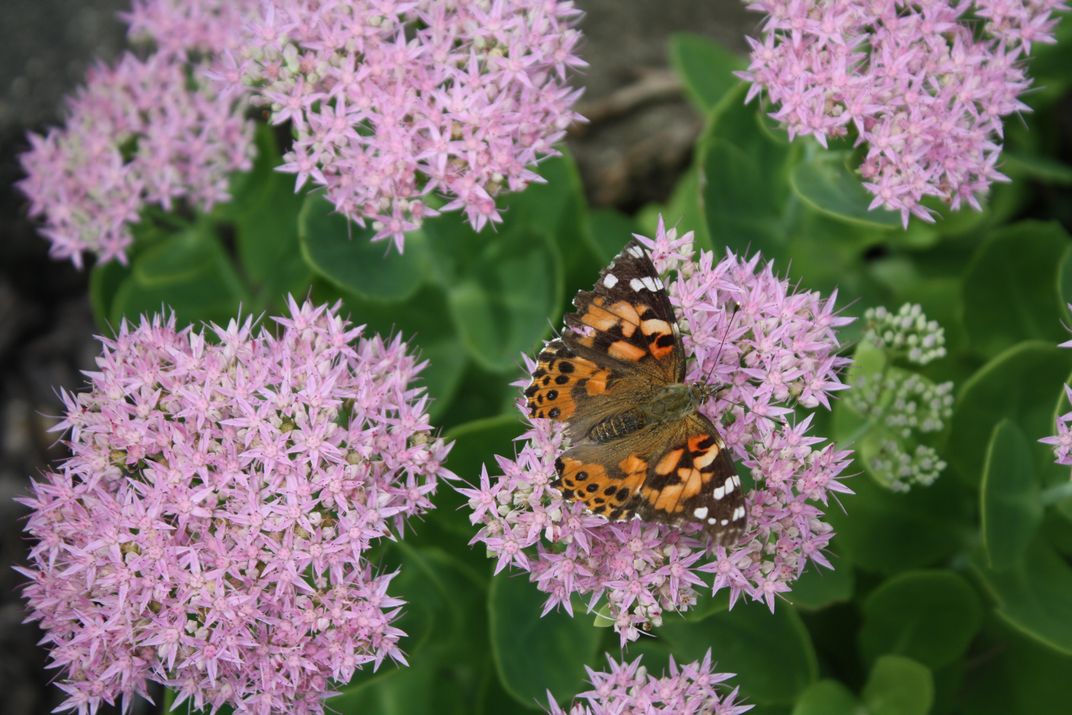
3. Foraging is a way of life in the Ozark mountains
The mountainous Ozark region is home to unique biodiversity, plus equally unique and diverse cultures, which is why it’s one of the focal points for the Smithsonian Folklife Festival this year. Many locals have found community and connection with the landscape by foraging for wild plants, which in the right hands, can be transformed into delicious dishes, herbal medicines, and more. If you can’t make it to the mall in-person, the Smithsonian American Women’s History Museum can help you (virtually) meet two women who are reviving traditional knowledge and sustainable practices through their foraging forays in the Ozarks.
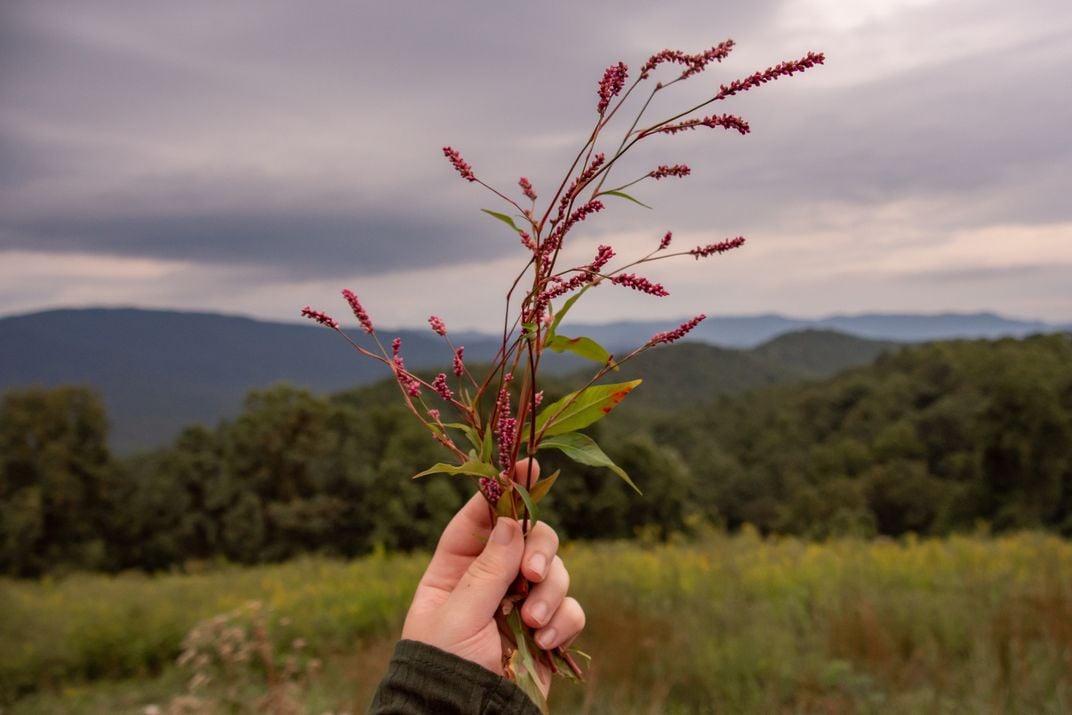
4. Empowering students to become the next generation of environmental stewards
Helping young people learn about land stewardship now can create positive changes for our planet that will last far into the future. The Smithsonian’s Virginia Working Landscape program teamed up with the Earth Optimism Youth Action and Leadership Program and other partners to show four Baltimore and eastern Maryland high school groups what conservation looks like in action. Environmental professionals led students through interactive activities on a working farm that allowed them to learn more about the science of nature, inspiring many to explore the idea of getting involved in environmental action or research in their own communities.
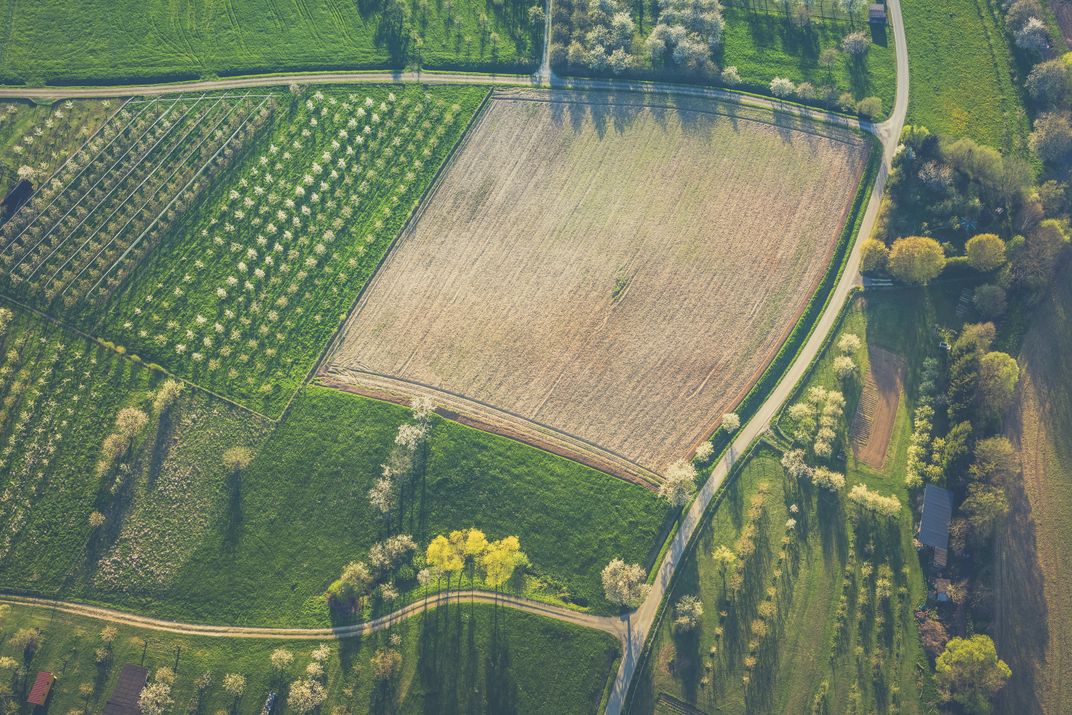
5. Exploring the history of our unprecendented time
How did we get here? That’s a common question around this time of year as people wonder how the first half of the year flew by – or wonder why we haven't taken more action against climate change while sweating through yet another unprecedented heat event. To help us understand how the past connects to our present and future, curators at the Smithsonian American History Museum traced the history of the climate crisis through items from their collection. Even seemingly unrelated objects can tell a story about how humans interact with our environment, for better or worse.
